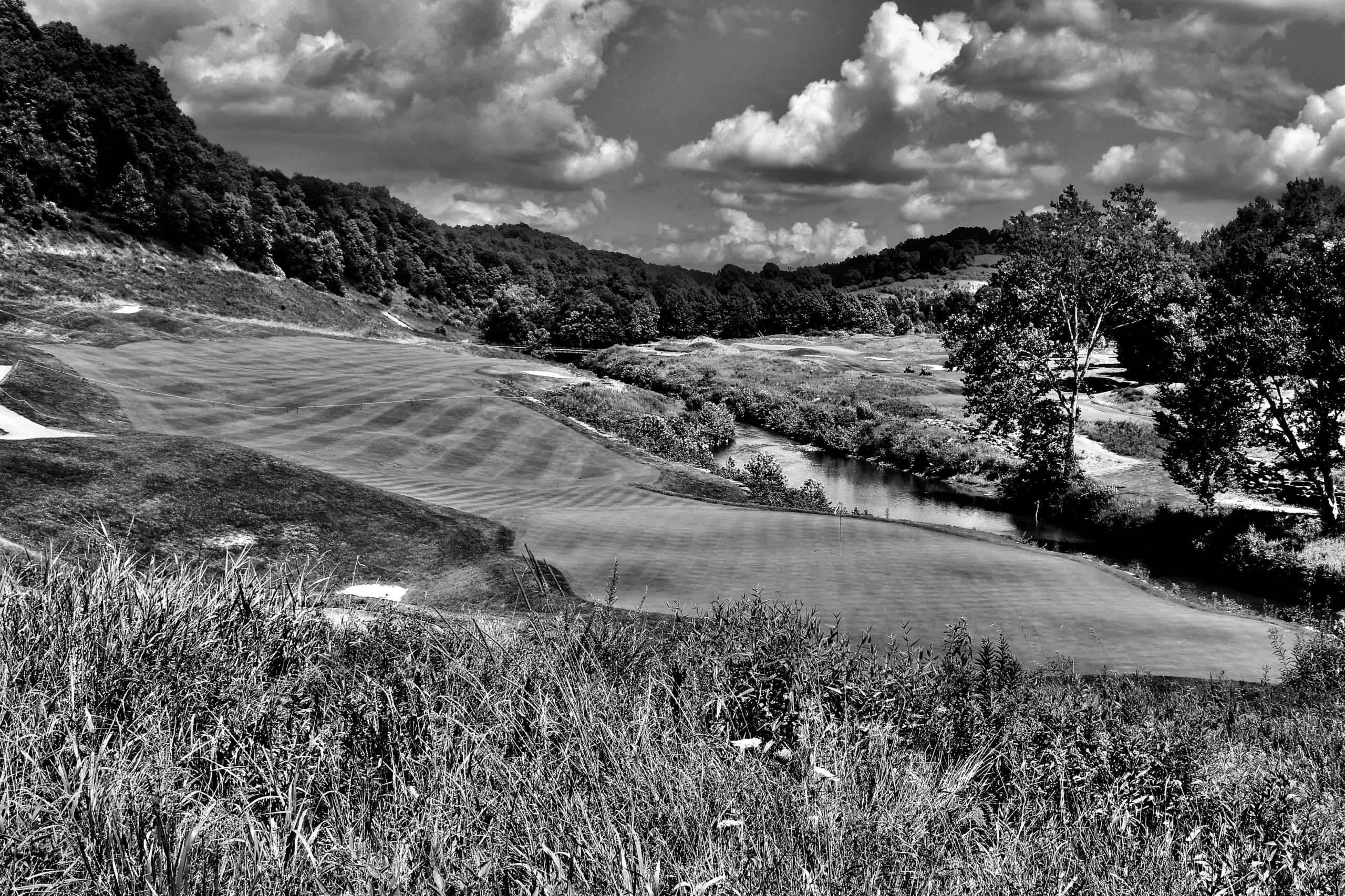Blind approach shots make for uncomfortable discussion among “woke” golf course architecture folks. On one hand, the idea of simply launching a ball into space and trusting your distance is not a hip concept to those committed to the “Strategic School” of golf course architecture. How much “luck” should be required for something that’s allegedly strategic? On the other hand, even C.B. Macdonald could not deny the appeal in the original “Alps” at Prestwick, bringing the concept back to his American designs. Very few have the backbone to suggest Macdonald is “wrong.”
At its base are two contrasting values. The second value is the principles of Strategic golf, which places almost all emphasis on the player; both their ability to gauge risk and reward, and execute upon them. But golf’s roots in the Scottish links relied on a bit more. It relied on luck. Great courses require great players to execute strategically, but it also requires them to react to wild bounces and curious results. Blind shots into punchbowl greens are more at home in this philosophy.
And so there’s some uncomfortable thumb-twiddling when the idea comes up in modern architecture conversation. The intrigue and suspense of walking up to your ball after launching it into the (relative) unknown, versus the inherent unfairness in blinding the green.
Pete Dye takes an alternative tack to the blind approach at Pete Dye Golf Club. In fact, he does it three times.
Continue reading “A Unique Approach to Designing Blind Approaches: 3 Cases at Pete Dye Golf Club” »
